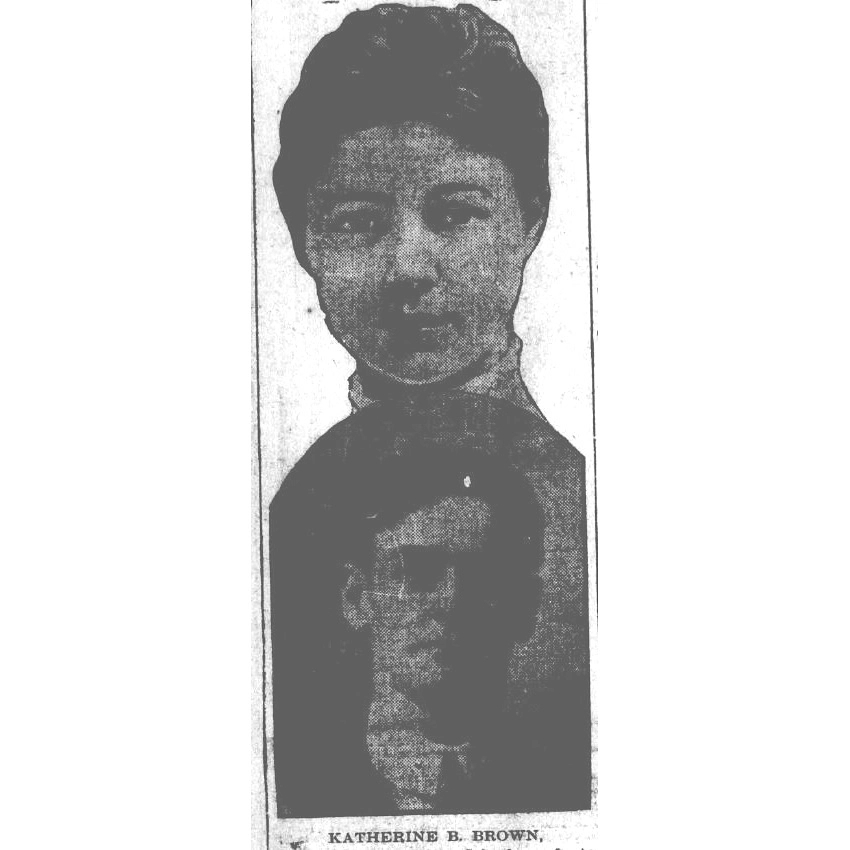School is back in session, and teachers confronted by unruly students may turn wistful and remember the good old days when children in Melrose always behaved. Alas, it was never so.
The most vivid description of school life in early Melrose can be found in a typed manuscript written by Levi S. Gould (1831-1917) in 1909. Gould, who would one day become Melrose’s first mayor, grew up at 51 Ashland Street, a house we have previously described in our entry on Georgian architecture. He attended Melrose’s only public school, a small two-story structure on the corner of Main and Upham Streets that was built in 1829 and burned down in 1845. Younger children were taught in the first-floor classroom, typically by a woman, while older children were taught on the floor above, usually by a man.
Gould’s father, Dr. Levi Gould, was a surgeon by trade who also taught the older class in that schoolhouse. Decades later, his son described his classroom:
“Dr. Gould ruled with a rod of iron literally, or at least he had a ruler fashioned from spring steel which he did not hesitate to use when an emergency arose. On one occasion at the commencement of the term, he was set upon by three school outlaws from 18 to 20 years of age. Backing up into a corner of the school room he belabored his assailants with the ruler and when the fray was ended two of them had their scalps laid open while the third had lost an ear. Sending one of the scholars for his saddle bags, he bandaged up the heads of two of them and sewed the severed ear onto the third and went on with the school as though nothing had happened.
“On another occasion a young fellow, with more valor than discretion, tried conclusions with my honored sire, and finding himself getting the worst of it, suddenly vaulted out of the window, but nothing daunted the doughty Doctor jumped after him. After an exciting chase which nearly encircled the village he was captured and brought back in triumph, receiving a suitable castigation for his escapade.”
We wish the teachers and students in the Melrose schools all the best in this new academic year. May your classrooms prove to be more placid than Dr. Gould’s.

























